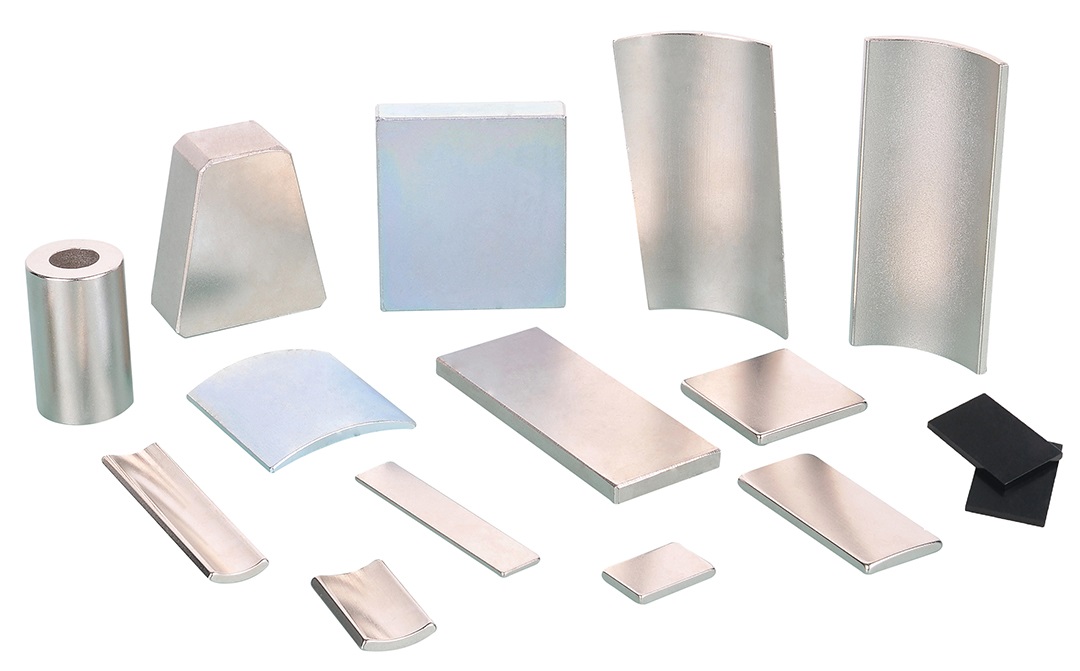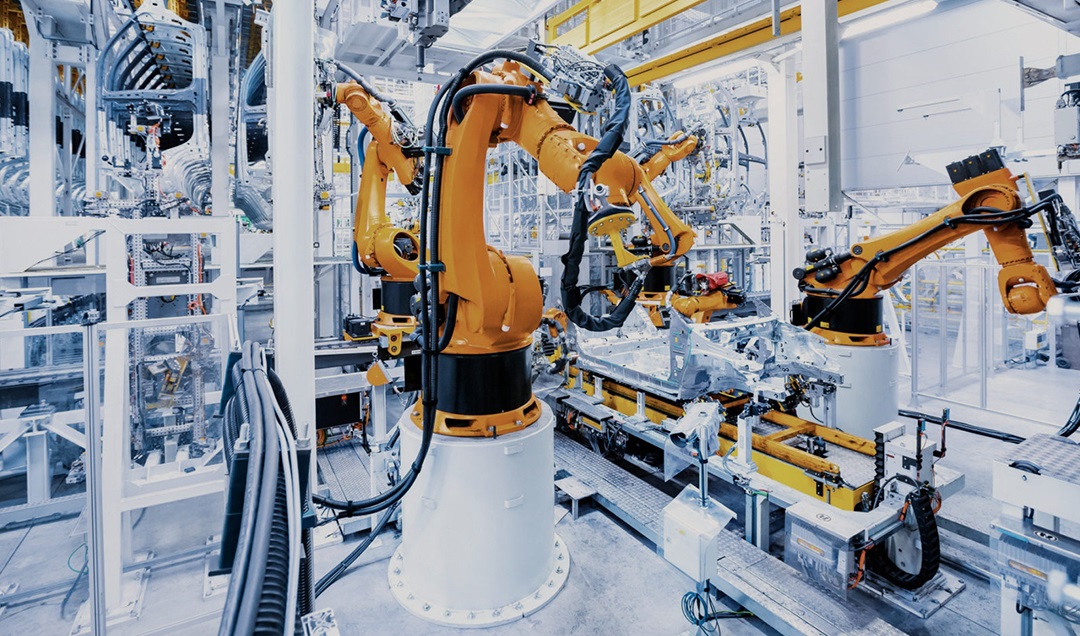September 21st, the White House said on Wednesday that US President Joe Biden has decided not to restrict the import of Neodymium rare earth magnets mainly from China, based on the 270-day investigation results of the Commerce Department. In June 2021, the White House conducted a 100-day supply chain review, which found that China dominated all aspects of the Neodymium supply chain, prompting Raimondo to decide to launch 232 investigations in September 2021. Raimondo conveyed the department’s findings to Biden in June, opening 90 days for the President to decide.
This decision avoided a new trade war with China, Japan, the European Union and other export magnets or countries wishing to do so to meet the expected surge in demand in the coming years. This should also ease the concerns of American automakers and other manufacturers that rely on imported rare earth Neodymium magnets to produce finished products.
However, in addition to other commercial applications such as electric motors and automation, rare earth magnets are also used in military fighter aircraft and missile guidance systems. However, it is expected that the demand for automotive magnets and wind generator magnets will surge in the next few years, leading to a potential global shortage. This is because the electric vehicle magnets are about 10 times that used in traditional gasoline powered vehicles.
Last year, a report by the Paulson Institute in Chicago estimated that electric vehicles and wind turbines alone will need at least 50% of high-performance Neodymium magnets in 2025 and nearly 100% in 2030. According to the report of the Paulson Institute, this means that other uses of Neodymium magnets, such as military fighter aircraft, missile guidance systems, automation and servo motor magnet, may face “supply bottlenecks and price increases”.
“We expect demand to increase significantly in the coming years,” said the senior government official. “We need to ensure that we can sell in advance, not only to ensure that they are available in the market, but also to ensure that there is no shortage of supply, and also to ensure that we will not continue to rely heavily on China.”
Therefore, in addition to Biden’s unrestricted decision, the investigation also found that the dependence of the United States on imported powerful magnets posed a threat to the national security of the United States, and suggested that some measures be taken to increase domestic production to ensure the security of the supply chain. Recommendations include investing in key parts of the Neodymium magnet supply chain; encouraging domestic production; cooperating with allies and partners to improve supply chain flexibility; supporting the development of skilled labor force for the production of Neodymium magnets in the United States; supporting the ongoing research to mitigate the vulnerability of the supply chain.
The Biden government has used the National Defense Production Act and other authoritative organizations to invest nearly 200 million dollars in three companies, MP Materials, Lynas Rare Earth and Noveon Magnetics to improve the ability of the United States to handle rare earth elements such as Neodymium, and to improve the production of Neodymium magnets in the United States from a negligible level.
Noveon Magnetics is the only US sintered Neodymium magnet factory. Last year, 75% of the sintered Neodymium magnets imported from the United States came from China, followed by 9% from Japan, 5% from the Philippines, and 4% from Germany.
The report of the Commerce Department estimates that domestic resources may meet up to 51% of the total demand of the United States in just four years. The report said that at present, the United States depends almost 100% on imports to meet commercial and defense needs. The government expects its efforts to increase U.S. production to reduce more imports from China than other suppliers.
Post time: Sep-26-2022


